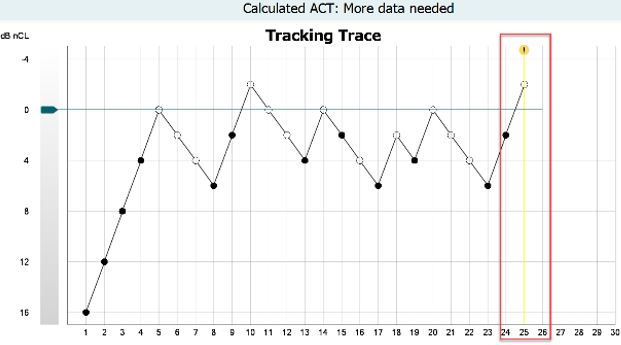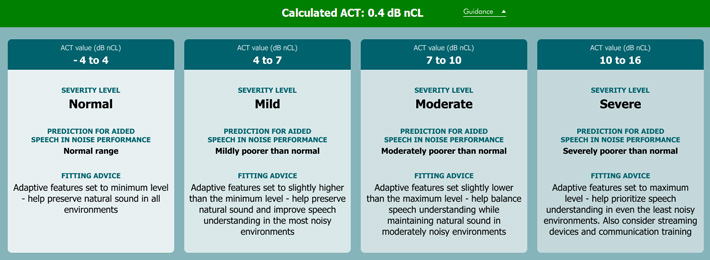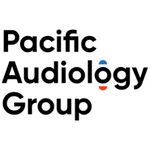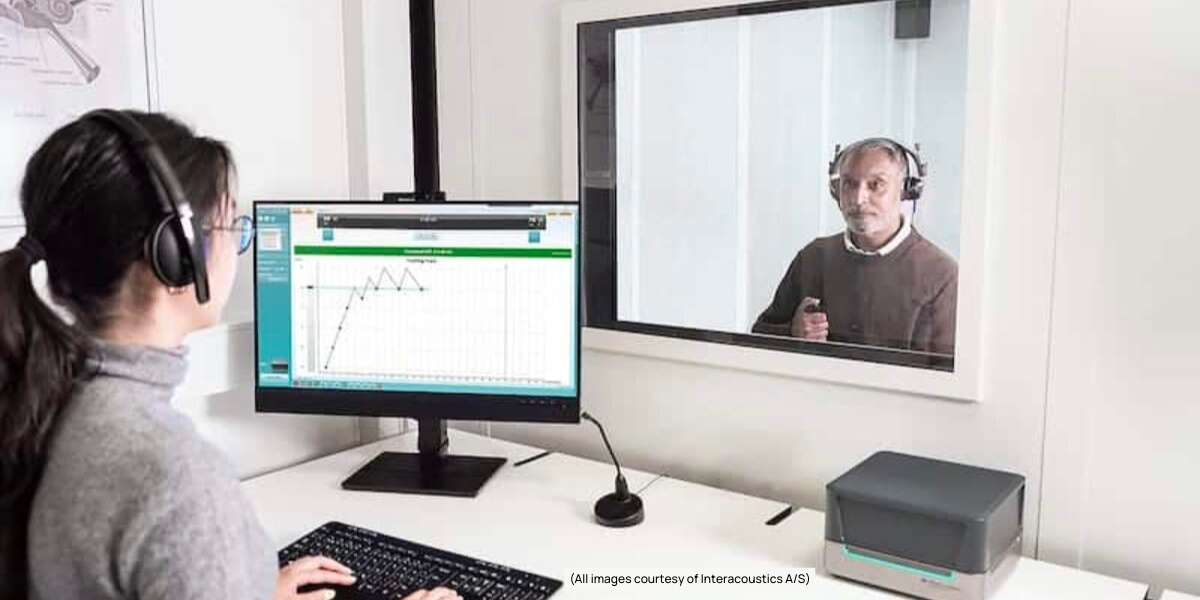As hearing care professionals, we are all well aware that the number one complaint of those with hearing loss is their struggle to hear in noisy environments, even with hearing aids! Speech in noise testing is an essential and incredibly helpful assessment tool for rehabilitation with hearing aids. The tests help to guide the conversation of realistic expectations and about hearing aid technology level, features, and accessory requirements. However, the current tests are limited in the time it takes to administer them, language limitations, or both.
The Audible Contrast Threshold or ACT is a new test that aims to solve these issues. The ACT test is a hearing-in-noise assessment developed by the Interacoustics Research Unit (IRU) in collaboration with the Technical University of Denmark. Unlike traditional speech-in-noise tests, the ACT test is quick to administer, it doesn’t require any additional equipment, it is language-independent, and the results can be used to fine-tune the user’s hearing instruments.
The ACT test is rooted in the science of spectro-temporal modulation (STM), which are essential features of speech signals that allow speech to be made intelligible. STM can be used to provide accurate predictions of a person’s hearing in noisy settings. The ACT test essentially replicates the inflections that are present in all speech.
The test is performed after pure-tone audiometry using an ACT-compatible audiometer, a patient response button, and the same transducers used to complete pure-tone and speech audiometry. You will need to have a compatible audiometer, which at the time of writing this blog includes the following models: Interacoustics Affinity compact, MedRx Avant Arc, MedRx Avant A2D+, MedRx AWRC, MedRx Avant (Stealth) and GSI Audio Star Pro. To administer the test, the client is advised that they will hear episodes of noise that will occasionally be combined with a siren sound. They are instructed to notify you when they hear the siren sound by pressing the patient response button. Once the patient understands the test you perform the test in the same way as pure tone audiometry using the Hughson-Westlake adaptive method, 2 down 1 up with a 3 out of 5 criteria (Figure 1). Once you have reached the required criterion the test will automatically stop, and the ACT value is recorded, and just like that you are done. The test takes 2-3 minutes to perform on average.

Upon completion, you receive an ACT value, which ranges from -4 dB nCL to 16 dB nCL. Lower values indicate better noise tolerance, while higher values suggest a greater need for advanced hearing aid features (Figure 2). This value can either be used to manually guide your fitting or in Oticon hearing aids on the Polaris R Platform, it can be directly integrated into the hearing aid fitting software, automating adjustments for an optimized listening experience.

The ACT will improve hearing care by offering an efficient, language-independent, and evidence-based approach to hearing in noise assessment. It’s a tool that empowers audiologists and other hearing care professionals to tailor hearing aid settings for improved performance in challenging listening environments, ultimately enhancing the lives of those with hearing loss.
If you found this blog helpful, please share it on social media!





